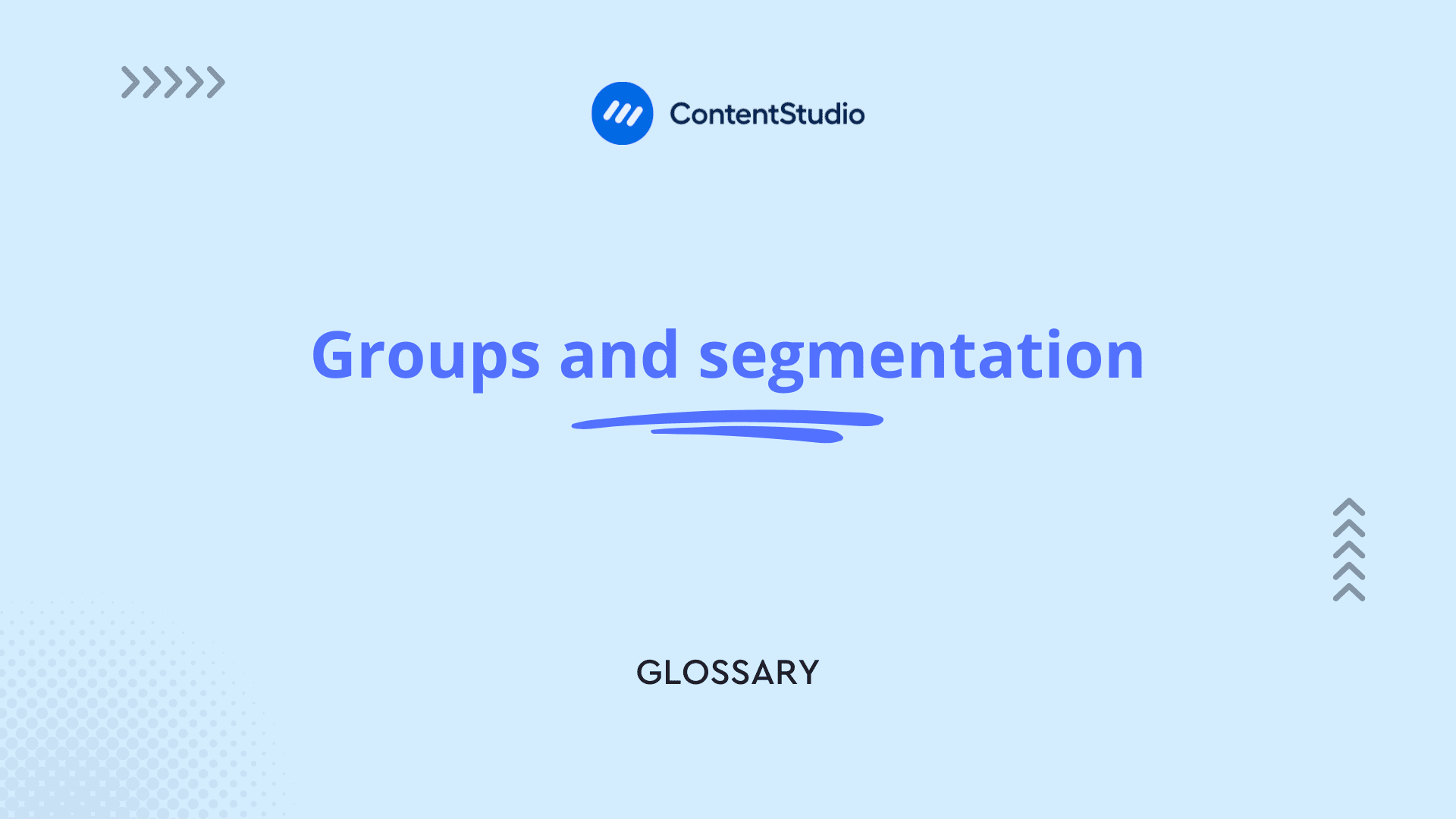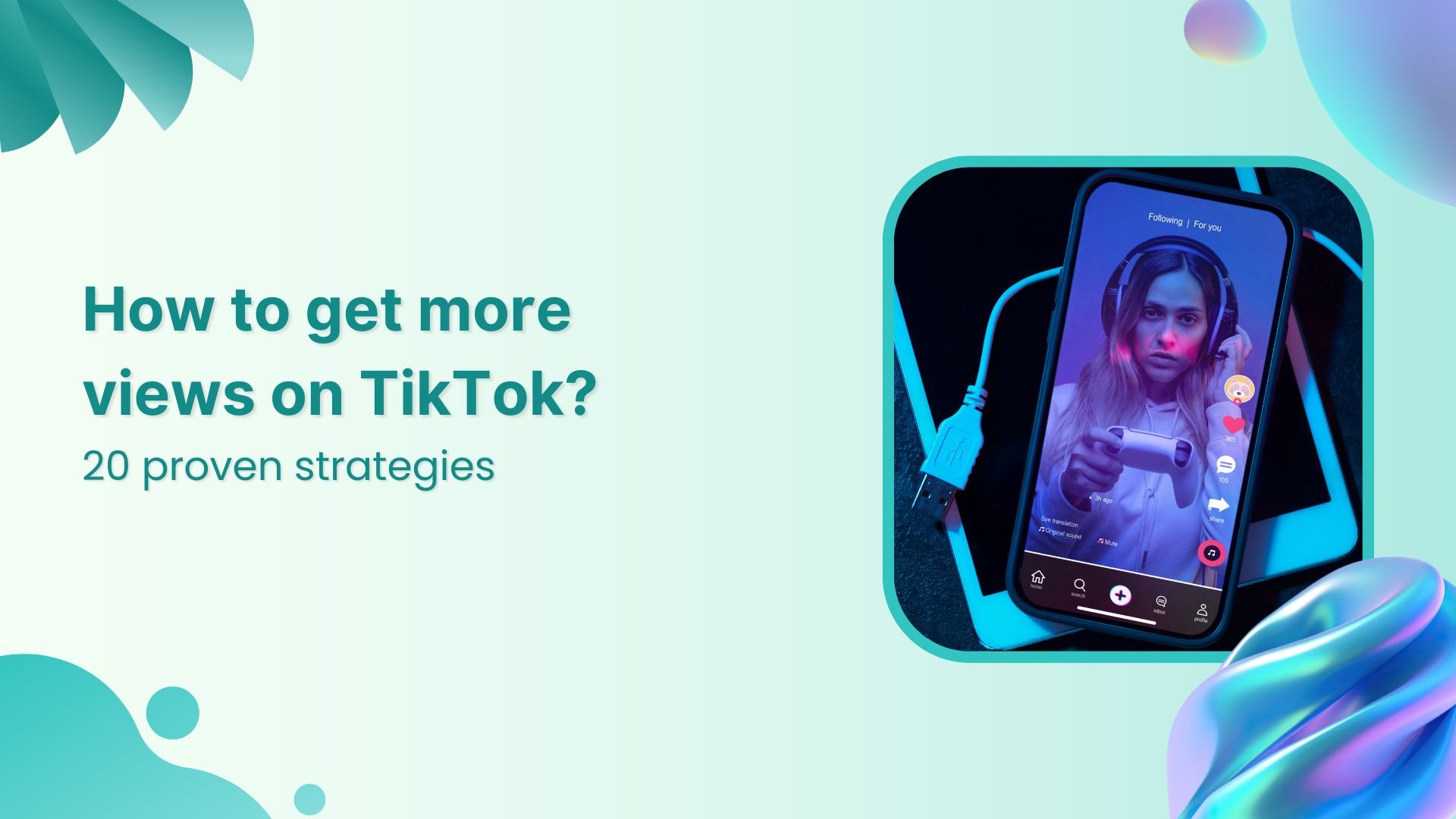Bulk-generate & schedule posts in seconds with Smart Scheduling. Try now!
Groups and segmentation

What are groups and segmentation in social media?
Groups and segmentation in social media marketing refer to the strategic practice of organizing your audience into distinct categories based on specific characteristics, behaviors, or preferences. This approach allows businesses to deliver more targeted and personalized content to different audience segments, ultimately improving engagement and conversion rates.
In the context of social media management, groups, and segmentation are essential tools for creating focused marketing strategies and managing multiple audience segments effectively.
Why are groups and segmentation important?
Understanding and implementing proper grouping and segmentation strategies is crucial for several reasons:
Better audience targeting: By organizing your audience into specific segments, you can create more targeted and relevant content that resonates with each group's unique interests and needs. This targeted approach is essential for social media content strategy success.
Improved engagement rates: When content is tailored to specific audience segments, it typically generates higher engagement rates. Social media engagement increases when people feel the content speaks directly to their interests and needs.
Enhanced customer experience: Segmentation allows you to provide more personalized experiences, leading to better social media customer service and stronger relationships with your audience.
More efficient resource allocation: By understanding different audience segments, you can better allocate your marketing resources and focus on the most valuable customer groups.
Types of social media segmentation
Demographic segmentation
Demographic segmentation involves dividing your audience based on:
- Age groups
- Gender
- Income levels
- Education
- Occupation
- Geographic location
This basic form of segmentation helps create age-appropriate and culturally relevant content for different audience groups. It's particularly useful when developing your social media target audience strategy.
Behavioral segmentation
Behavioral segmentation focuses on how people interact with your brand:
- Purchase history
- Brand interactions
- Content preferences
- Platform usage patterns
- Engagement levels
Understanding behavioral patterns helps in creating more effective social media content plans that align with your audience's activities and preferences.
Psychographic segmentation
This type of segmentation considers:
- Interests
- Values
- Lifestyle choices
- Attitudes
- Personality traits
Psychographic segmentation is valuable for developing authentic connections with your audience and maintaining strong brand authenticity on social media.
Best practices for implementing groups and segmentation
Data collection and analysis
To effectively segment your audience:
- Use social media analytics tools to gather audience data
- Track engagement metrics across different segments
- Monitor audience behavior patterns
- Analyze content performance by segment
Creating segment-specific content strategies
Develop targeted content by:
Understanding segment needs: Each group has unique preferences and pain points that should be addressed in your content strategy. This understanding helps in creating more effective social media marketing plans.
Customizing content formats: Different segments may prefer various content types:
- Video content for younger audiences
- Long-form content for professional segments
- Visual content for creative industries
Timing and frequency: Optimize posting schedules based on when each segment is most active. Use social media automation to ensure consistent delivery of content to different groups.
Measuring and optimizing segmentation strategies
Regular assessment of your segmentation strategy should include:
- Monitoring segment-specific KPIs
- Analyzing engagement rates per segment
- Tracking conversion rates
- Adjusting strategies based on performance data
Use social media analytics to measure the effectiveness of your segmentation efforts and make data-driven improvements.
How ContentStudio helps with groups and segmentation
ContentStudio provides several features to support effective audience segmentation:
Advanced analytics capabilities
- Track engagement metrics across different segments
- Monitor content performance by audience group
- Analyze audience behavior patterns
- Generate detailed performance reports
Automated content distribution
- Schedule content for different segments
- Customize posting times by group
- Maintain consistent engagement across segments
- Efficiently manage multiple audience groups
Engagement tracking and optimization
- Monitor how different segments interact with your content
- Track segment-specific engagement metrics
- Identify top-performing content by segment
- Optimize content strategy based on segment performance
Common challenges and solutions
Challenge 1: Data collection and privacy
Solutions:
- Implement transparent data collection practices
- Follow privacy regulations and guidelines
- Use first-party data whenever possible
- Be clear about how customer data will be used
Challenge 2: Managing multiple segments
Solutions:
- Use social media management tools to streamline processes
- Create organized content calendars for each segment
- Develop clear guidelines for segment-specific content
- Regularly review and adjust segmentation strategies
Challenge 3: Maintaining consistency across segments
Solutions:
- Create a unified brand voice that can be adapted for different segments
- Develop clear brand guidelines for each segment
- Use social media automation tools to maintain consistent posting schedules
- Regularly audit content across all segments
Future trends in social media groups and segmentation
AI-powered segmentation
The future of segmentation will be increasingly driven by artificial intelligence:
- Automated audience analysis
- Predictive analytics for segment behavior
- Real-time segmentation adjustments
- Enhanced personalization capabilities
Enhanced personalization
Future trends will focus on:
- Hyper-personalized content delivery
- Real-time segment adaptation
- Behavioral-based grouping
- Dynamic content optimization
Integration with other marketing channels
The evolution of segmentation will include:
- Cross-channel audience tracking
- Unified customer profiles
- Integrated marketing approaches
- Seamless multi-channel experiences
Conclusion
Groups and segmentation are fundamental to successful social media marketing. By understanding and implementing effective segmentation strategies, businesses can create more targeted, engaging, and successful social media campaigns. With tools like ContentStudio, managing multiple audience segments becomes more efficient and effective, leading to better results and stronger relationships with your audience.

Create, plan, schedule, and publish posts on all social media networks
Recommended for you


Powerful social media management software
14-day free trial - No credit card required.


